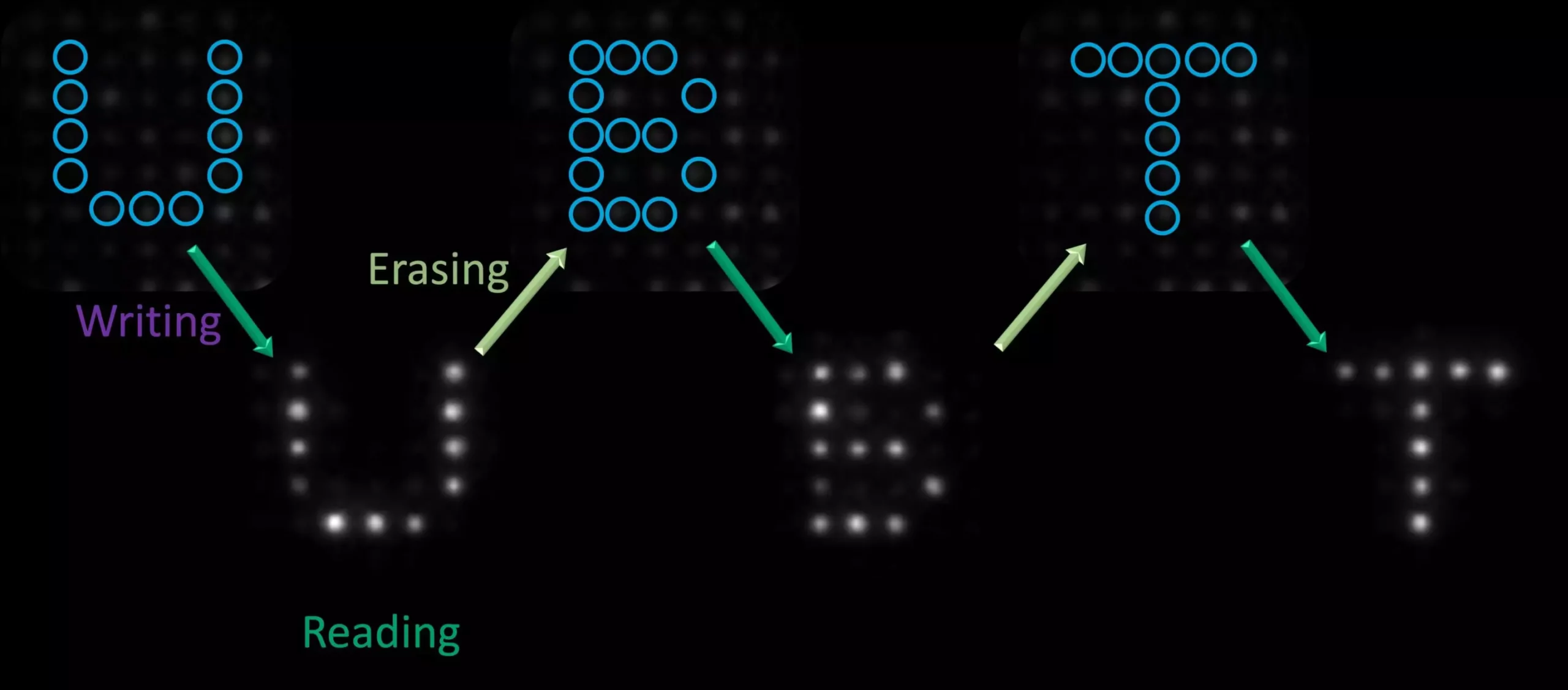In the modern era of technology, the quest for faster and more efficient data processing has propelled researchers into uncharted territories, particularly in the realm of photonics. Recently, an innovative collaboration between physicists and chemists at the University of Bayreuth and the University of Melbourne has laid foundational work for optically switchable photonic units, which promise to revolutionize how we store and retrieve binary information. Published in the prestigious journal *Advanced Optical Materials*, this breakthrough signifies a monumental step toward the integration of photonic systems into computing technologies traditionally dominated by electronic circuits.
Integrated circuits have been at the heart of electronic devices for decades, acting as the backbone for everything from personal computers to telecommunications. These devices rely on complex circuits made up of logic gates that manipulate electrical signals represented by binary code. The reliance on electrons for data transmission, while effective, inherently limits the speed and efficiency of data processing. This limitation has prompted researchers to explore alternatives, leading to the enchanting prospect of utilizing light—specifically photons—as a means for data handling.
The collaborative team, featuring notable figures such as Prof. Dr. Jürgen Köhler and Prof. Dr. Mukundan Thelakkat from Bayreuth, alongside Prof. Paul Mulvaney from Melbourne, have successfully demonstrated the potential for purely optical information processing. Their experiments involved manipulating a grid of microstructured polymer spheres to execute multiple ‘read, write, and erase’ cycles—essentially creating a dynamic canvas for optical data. The ability to inscribe letters across the same microstructure with precision highlights the possibilities inherent in this new approach to data encoding.
One key advantage of photonic systems lies in their ability to multiplex information far beyond the capacities of electronic systems. As Prof. Dr. Köhler notes, light can be modulated in various dimensions—not just in signal strength, as with the number of photons but also through color (wavelength) and polarization. This multidimensional nature of light allows for a more expansive and nuanced method of data communication, setting the stage for a new generation of logic gates that could potentially enhance computational speed and capacity significantly.
As researchers continue to explore the implications of this photonic technology, the long-term horizon sees the potential development of new types of microchips and computing systems built entirely around light rather than conventional electronics. This could lead to a paradigm shift in everything from data centers to personal devices, reshaping how consumers interact with technology in everyday life.
The fusion of expertise from Bayreuth and Melbourne has not only resulted in a groundbreaking discovery but also set the stage for future innovations in optical computing. With a focus on harnessing the unique properties of light to facilitate faster data processing, the scientific community observes this research with eager anticipation. As the journey into photonics continues, one can’t help but envision a future where computing transcends current limitations, inviting a new era of technological marvels.

